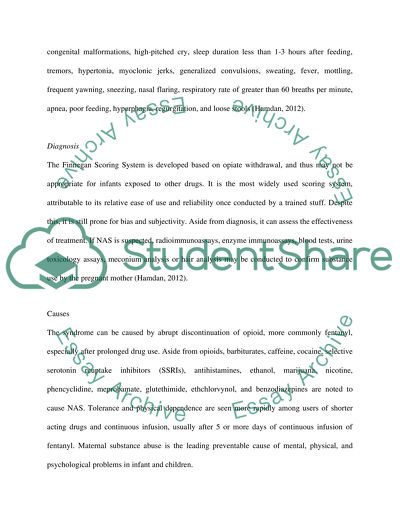Cite this document
(“Qualitative paper on eonatal abstinence syndrome after in utero Essay”, n.d.)
Qualitative paper on eonatal abstinence syndrome after in utero Essay. Retrieved from https://studentshare.org/health-sciences-medicine/1460887-qualitative-paper-on-eonatal-abstinence-syndrome
Qualitative paper on eonatal abstinence syndrome after in utero Essay. Retrieved from https://studentshare.org/health-sciences-medicine/1460887-qualitative-paper-on-eonatal-abstinence-syndrome
(Qualitative Paper on Eonatal Abstinence Syndrome After in Utero Essay)
Qualitative Paper on Eonatal Abstinence Syndrome After in Utero Essay. https://studentshare.org/health-sciences-medicine/1460887-qualitative-paper-on-eonatal-abstinence-syndrome.
Qualitative Paper on Eonatal Abstinence Syndrome After in Utero Essay. https://studentshare.org/health-sciences-medicine/1460887-qualitative-paper-on-eonatal-abstinence-syndrome.
“Qualitative Paper on Eonatal Abstinence Syndrome After in Utero Essay”, n.d. https://studentshare.org/health-sciences-medicine/1460887-qualitative-paper-on-eonatal-abstinence-syndrome.


